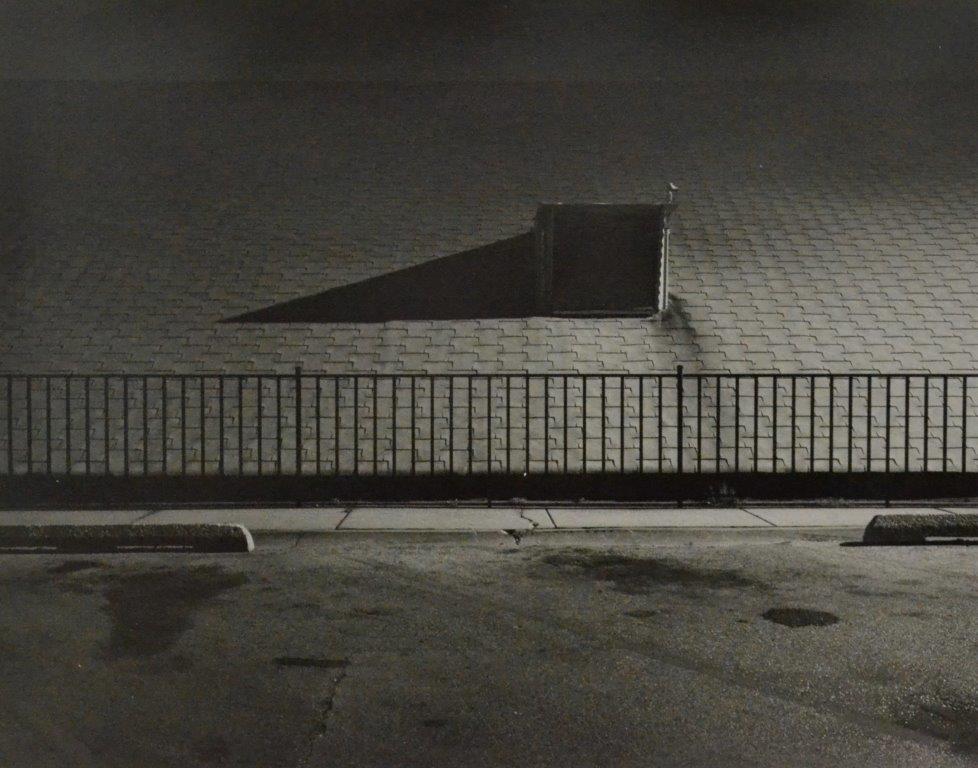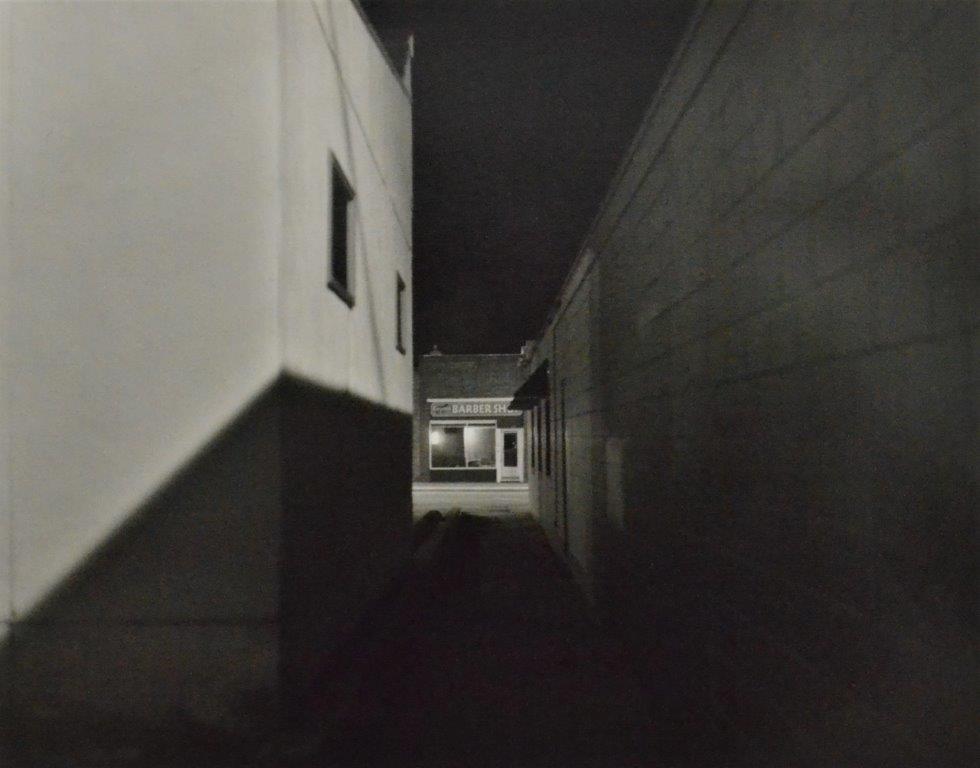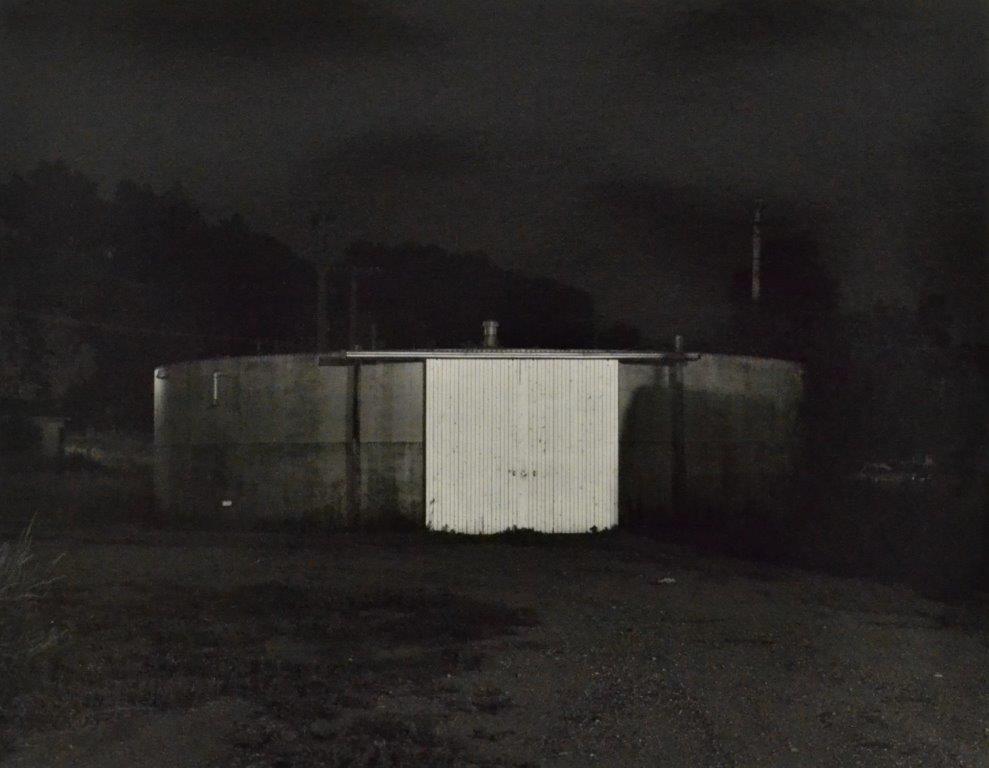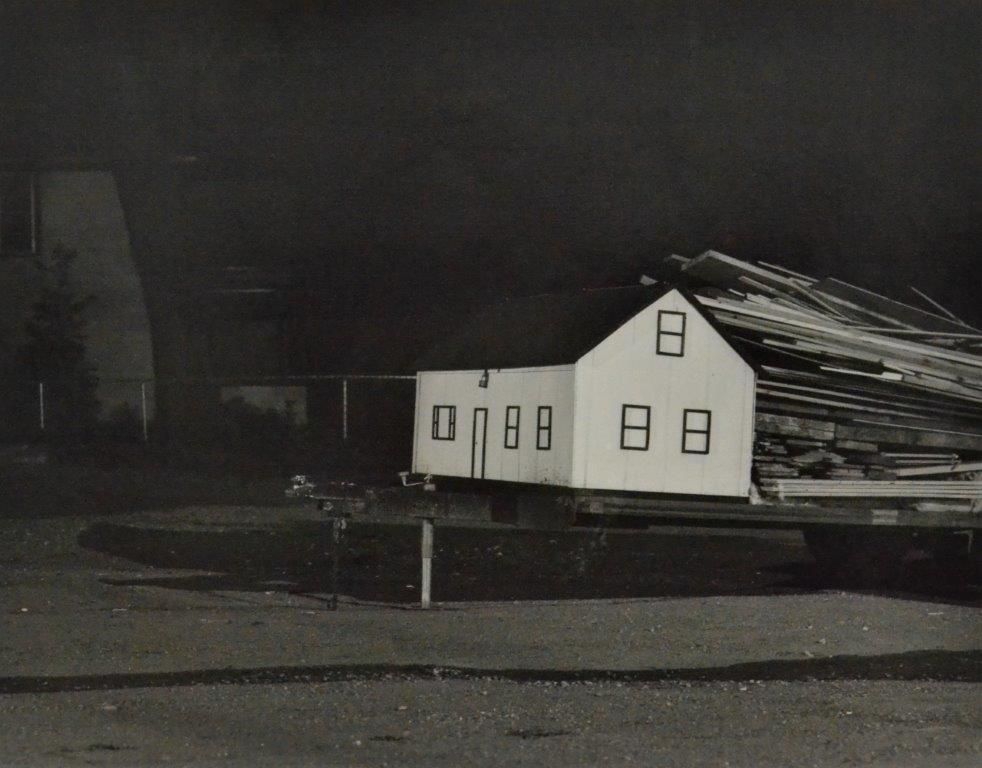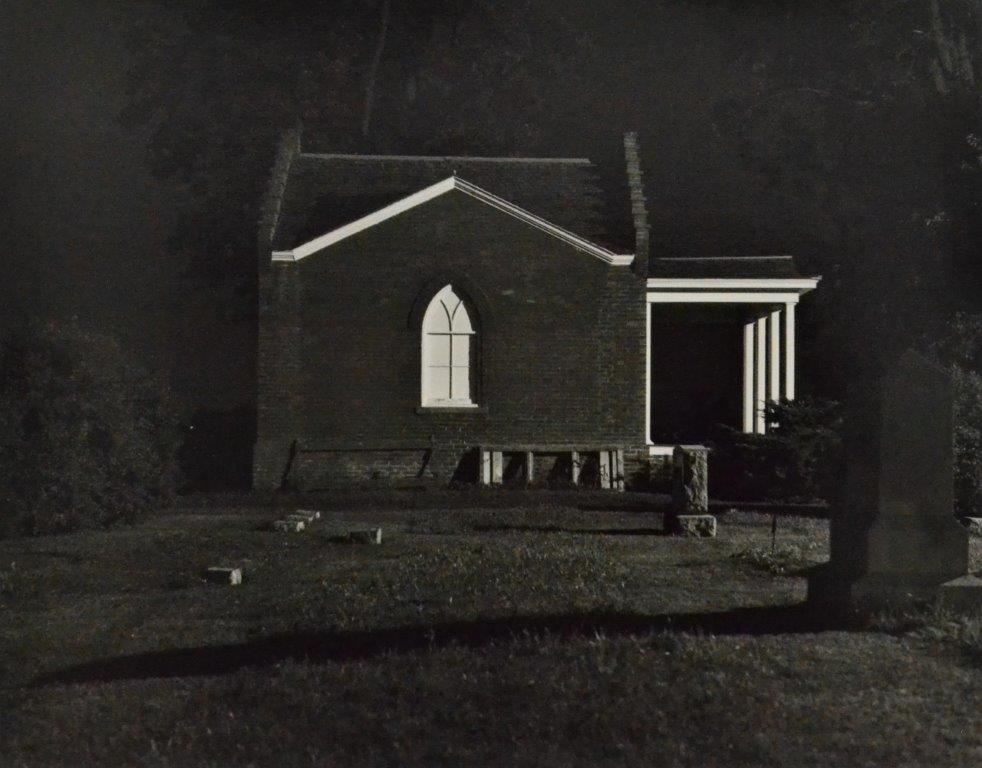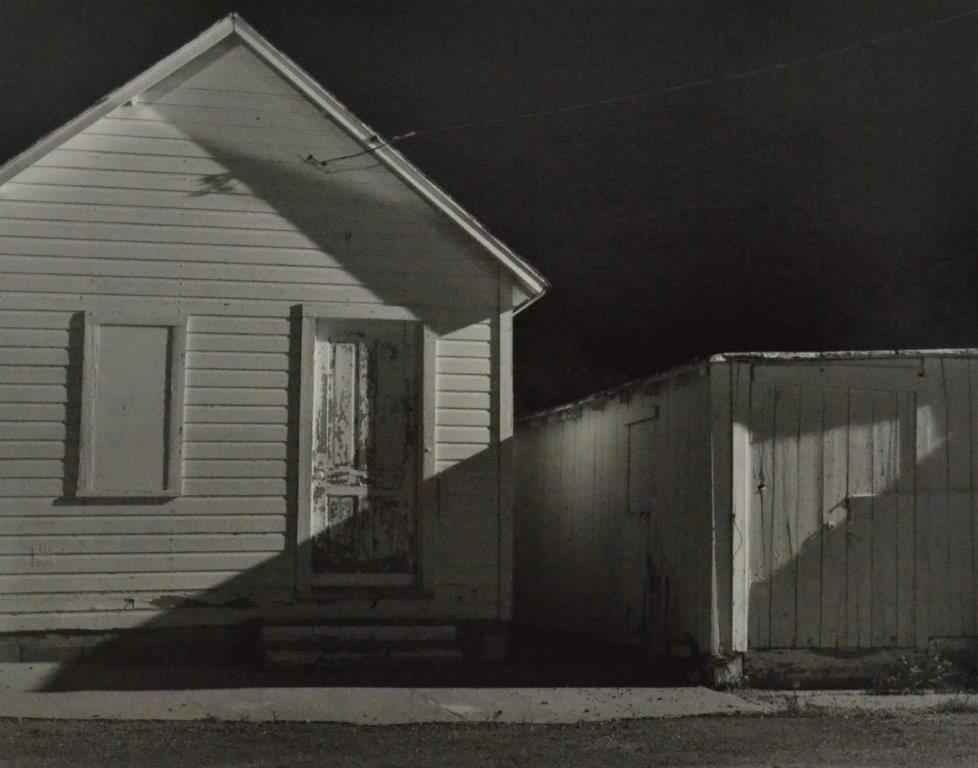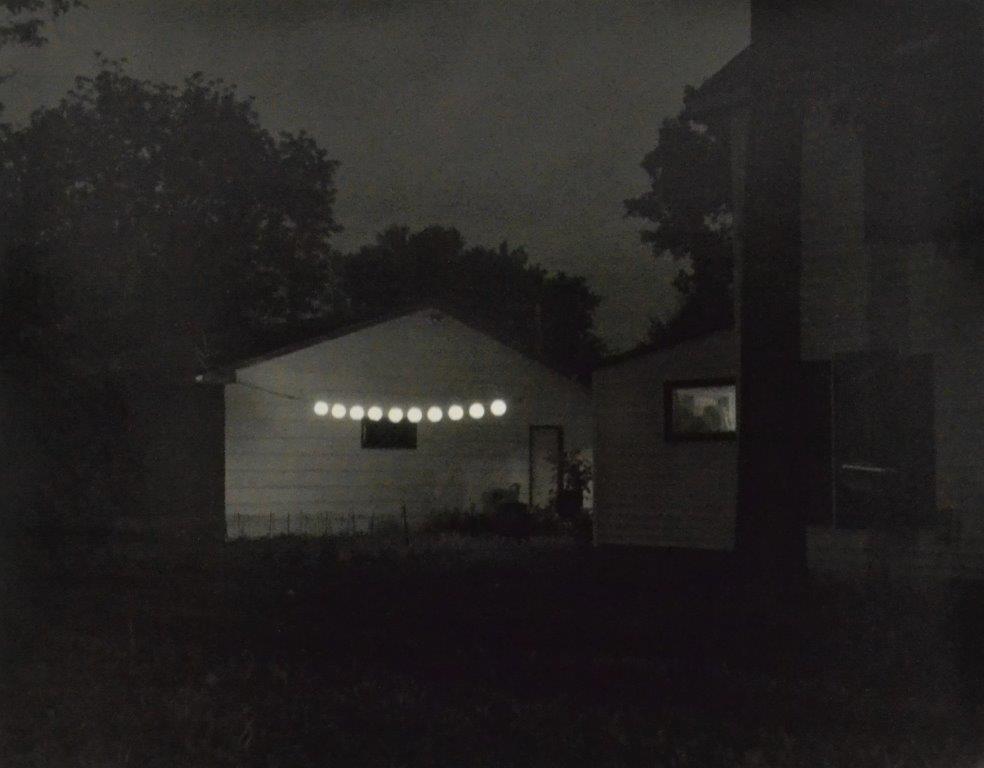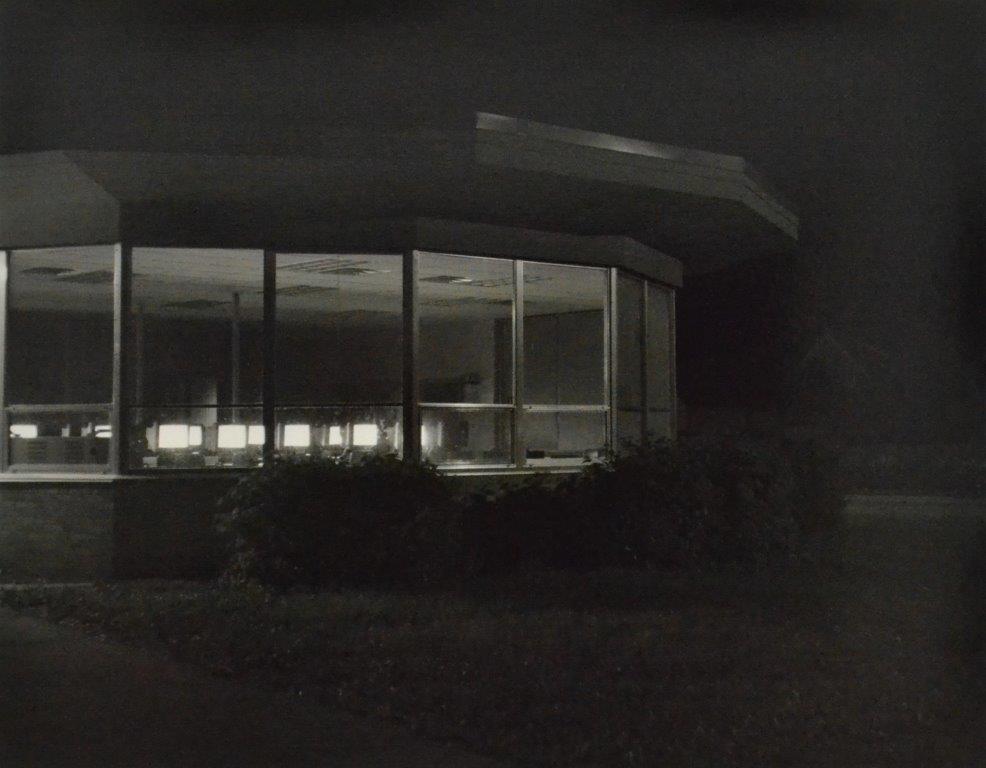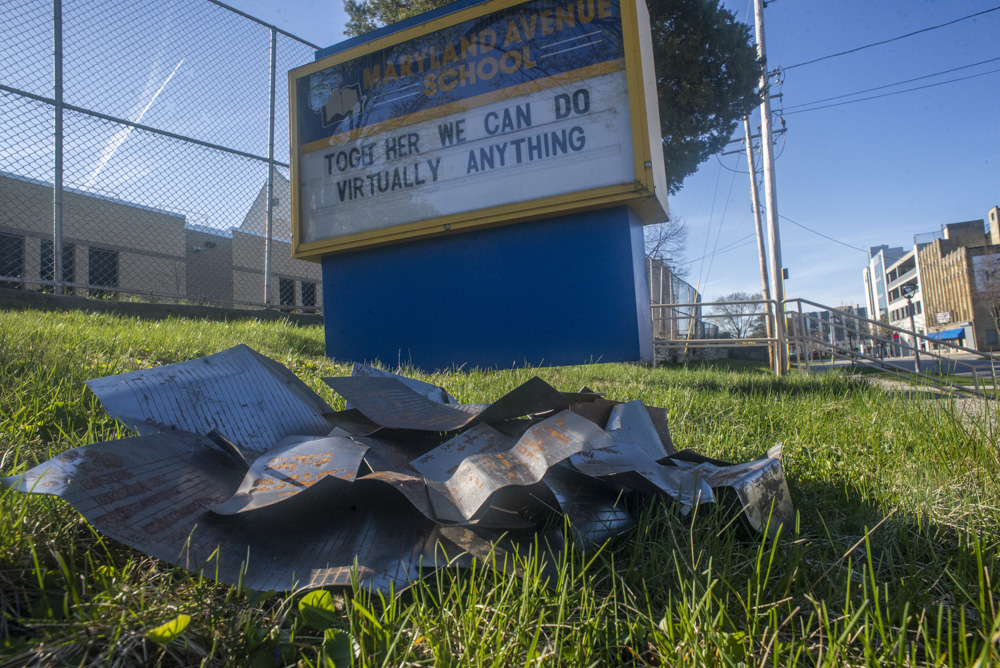Photographers on Photographers: Leah Schretenthaler in Conversation with John Banasiak
I first met John Banasiak when I was on my recruiting trip at the University of South Dakota. I was there to meet the swim team and the coaches but I was determined to meet the photography professor. The assistant swimming coach gave me a tour of the campus and luckily found the photography classroom. Portfolio in hand, I stumbled into John’s office during his break. I will never forget walking into John’s office for the first time. Draping down from the tall ceiling was a parachute and my eyes were flooded with images taped to the wall amongst his cameras and trinkets that filled his office. Walking into that office was like being able to step into John’s creative mind. After letting my eyes wander his office I looked at John and confidently handed him my high school photography portfolio and asked, “Do you think my work would fit into this program?” I crossed my fingers anticipating the worst response imaginable. John put one hand to his chin while the other thoughtfully thumbed through each page of my portfolio. He grinned and responded “All work belongs here.”
During my undergrad career I saw just what John meant by what he said that day. I belonged there because John makes everyone feel like they belong. He is the one that will have tea ready for you in between studio classes. The one that will have the cookies ready for those late night critiques. The one that will break down that wall we all face while writing an artist statement. He sees the stories in the work before we are ready to verbalize those stories. He will even be there to officiate your wedding. John is that one in a million educator that comes into your life for maybe a semester or longer that makes you feel welcomed. Even after graduating he still makes you feel welcomed because he never forgets a name, a face, or a good story.
Everyone at the University of South Dakota has several good “John Stories.” These stories were collected by students, faculty, and alumni and always shared during gatherings. While in undergrad I looked forward to collecting as many “John Stories” as possible. I was always excited for those long hours developing or printing in the darkroom because I knew John would be there with a story and advice. Over the years he would tell me about growing up in the Polish community on the South Side of Chicago, his adventures in Europe, and even when he biked from Chicago to Philadelphia. In this interview I have been able to collect a few more “John Stories.”
But John is not just about his stories and his advice. His work has spanned through decades of photographing the blue collar workers at George Browns Bar to his current assemblage work. John makes work because he has stories to tell. He assembles mystical worlds of wonder for viewers to get lost in and leave with a little bit of magic and spirituality.

John Banasiak grew up in Harvey, Illinois south of Chicago, in the 1950’s. His grandparents immigrated from Poland and the Ukraine during WWI and settled into one of the many factory communities that grew along the shores of Lake Michigan. In 1968 his high school Art teacher was instrumental in getting him a full scholarship to attend classes at The School of the Art Institute of Chicago. He took his first Photography class from Ken Josephson in 1969, and as he grew in the subsequent classes of Harold Allen, Barb Crane, Frank Barsotti, Joyce Neimanas, Enrico Natali, David Vestal, Hugh Edwards, Stan Brakhage, and Chuck Swedlund, he realized how important Photography was to him.
Upon graduation with a BFA in Photography in 1972, he was awarded the Fred J. Forester Traveling Fellowship to attend classes at the University of Krakow in Poland. He returned the following year as a Graduate Teaching Assistant and received an MFA in Photography in 1975. In 1978 he accepted a one-year position teaching in the Photo Department of New York State University at Oswego. He traveled to New Zealand in 1979 and conducted non silver photographic workshops at Auckland and Christchurch Universities. He returned to the United States in 1980 to take a full time position in the Photography Department of The University of South Dakota in Vermillion, where he currently continues to learn and grow within the creative atmosphere of the College of Fine Art, on the prairie along the Missouri River.
Leah Schretenthaler: I know your high school art teacher was the one that helped you get you into the Art Institute of Chicago, but how did you find your way into being a photographer?
John Banasiak: Second semester of my first year at the Art Institute of Chicago I sat down in the cafeteria with one of my friends for breakfast one morning and we talked about what we were going to do that day. I had a Drawing class, and she was going out to O’Hare International Airport that morning to work on an assignment for her photography class that was titled “Arrivals and Departures”. Her plan was to sit near the “Arrival” and “Departure” gates in the International Terminal while watching and photographing people “coming together” and “pulling apart” throughout the day. It sounded so interesting to me that I decided that I would sign up for a Photography class the next semester. The human dramas and the deeply emotional interactions between people in moments before and after separations stirred something that seemed significant and important in me. It seemed a great opportunity to learn something important about being human, and I thought that being able to not only watch these moments happen but to be able to visually record them as they happened seemed to be a great magic and a language and mechanism that I wanted to know more about .
LS: Over the last 13 years you and I have talked about what “success” looks like in photography and in life. Could you tell me how you view and measure these “successes”?
JB: I feel that success is a constantly changing and challenging adventure of discovery that is not simply something that I can reach like a destination or finish line. As I learn and grow as a human being, and as my own understanding of life evolves, I feel that my visual work also grows and evolves proportionately. I feel that a person can’t make artwork that is any more sensitive than they are as a human being. Success for me is simply a feeling that I am moving in a direction that I should be moving in. If I feel that I am growing in meaningful ways I feel successful in both life as well as in my photography.
LS: You have accomplished a lot during your artistic and teaching career including recently winning the prestigious Governor’s Award in the Arts. But what would you consider your first “break” within photography or the art world?
JB: In 1973 Time-Life Books in New York City was working on a series of Photography books that presented multiple volumes focusing on the History of Photography, technical development, and aesthetic considerations. During the summer of 1972 I was helping run the darkroom at the Ox Bow Summer School of Art in Saugatuck, Michigan and I got a call from New York, which caused some degree of excitement in that small lakeside community of artists. I really had no idea why anyone from New York would be calling me and was surprised to find that Time-Life Books wanted to use eight of my photographs from a recently printed series taken of the patrons of a South Side of Chicago bar called George Brown’s. The panel of consultants consisted of Peter Bunnell, Robert Heinecken, Mark Kauffman, Allan Porter, Aaron Siskind, and David Vestal and they selected me to be in the “New Discoveries” section of the book, and at the age of twenty-two I was the youngest of the photographers whose work was presented. I was surprised at the attention and found that the panel of consultants just happened to see my work on exhibit at the Art Institute of Chicago as part of the school’s annual Fellowship Exhibition of selected graduating students. The books eventually went into foreign printings and I was suddenly getting letters from an international community of galleries, artists, and patrons.
LS: My favorite memories of being in undergrad at the University of South Dakota was seeing you work on your own projects during the summer. How have you been able to maintain a long-term creative practice?
JB: Being tightly scheduled as a faculty member in the College of Fine Arts doesn’t really leave me a large enough chunk of time to work on my visual projects. Summers have always been the season to put my visual ideas and notations together into a body of annual work. During the school year I am on visual adventures with my students as we help each other navigate along a variety of adventures of discovery. The school year is always sparking with creative energy and I appreciate being a part of that stimulating momentum and I feel that I grow and learn at least as much as my students. As I grow, I change and my view of life and what it is wrapped in changes and reshuffles my perspectives. As I change the whole universe changes as well and I am no longer in the same old place from year to year. I have tried through the years to maintain a course of continued daily observations and explorations, visual adventures, and personal reevaluations, and feel that creativity is simply a form of play within the process of personal understanding.
LS: My favorite and memorable advice you have ever given me was on my wedding day when you officiated. You read:
As in printing, if you want all of the words to run in the right direction, always project your image with your shiny side up, and your dull side down. Remember that in relationships as well as printing, the more that you dodge the dark areas of the past, the more detail will eventually show up. Sometimes it is better to leave it dark, as it is also sometimes better not to burn in the highlights too much, as the added detail might, in the end, be too distracting. It is better, as you live, to give subjects just enough light to begin with, and always with consideration for what the main subject is, and the effect it will have on the “big picture”.
Over the years you have given great photography and life advice but what advice would you give young photographers?
JB: I would advise young photographers to remain “young” photographers all their lives. Play. Take chances. Be adventurous. If things don’t work out occasionally, keep playing until they do. Grow well into who you feel you need to be. Focus on the themes and issues that are important to you and leave all the other subjects for people whose hearts are pulled in those directions. If you choose personally significant subjects you will be able to go deeper in your excavations and understanding than others who will stop looking at the first appearance of obstruction. Your heart should be your compass. Follow it as well as you can, and you will be able to see things that no one else has ever seemed to notice.
Leah Schretenthaler is an artist and educator living and working in Milwaukee, WI. She was born and raised in Hawaii. After relocating to the mainland, Hawaii continues to be a point of reference for her research and studio practice. Her work uses traditional photography and laser etching to create images. Through her art practice, her research presents a connection between land and material. Schretenthaler holds an M.A. in art education as well as an M.F.A. Recently, she was awarded the prestigious Mary Nohl Fellowship for Emerging Artists as well as the College Art Association Professional Development Fellowship in the Visual Arts. She was named one of LensCulture’s Emerging Talents of 2018 and was awarded 2nd place in the Sony World Photography Awards. In 2019, she was awarded the Rhonda Wilson Award through FRESH2019 at the Klompching Gallery. In the Fall of 2019 she received the Film Photo Award.
Posts on Lenscratch may not be reproduced without the permission of the Lenscratch staff and the photographer.
Recommended
-
Aaron Rothman: The SierraDecember 18th, 2025
-
Photographers on Photographers: Congyu Liu in Conversation with Vân-Nhi NguyễnDecember 8th, 2025
-
Linda Foard Roberts: LamentNovember 25th, 2025
-
Arnold Newman Prize: C. Rose Smith: Scenes of Self: Redressing PatriarchyNovember 24th, 2025
-
Spotlight on the Photographic Arts Council Los AngelesNovember 23rd, 2025

